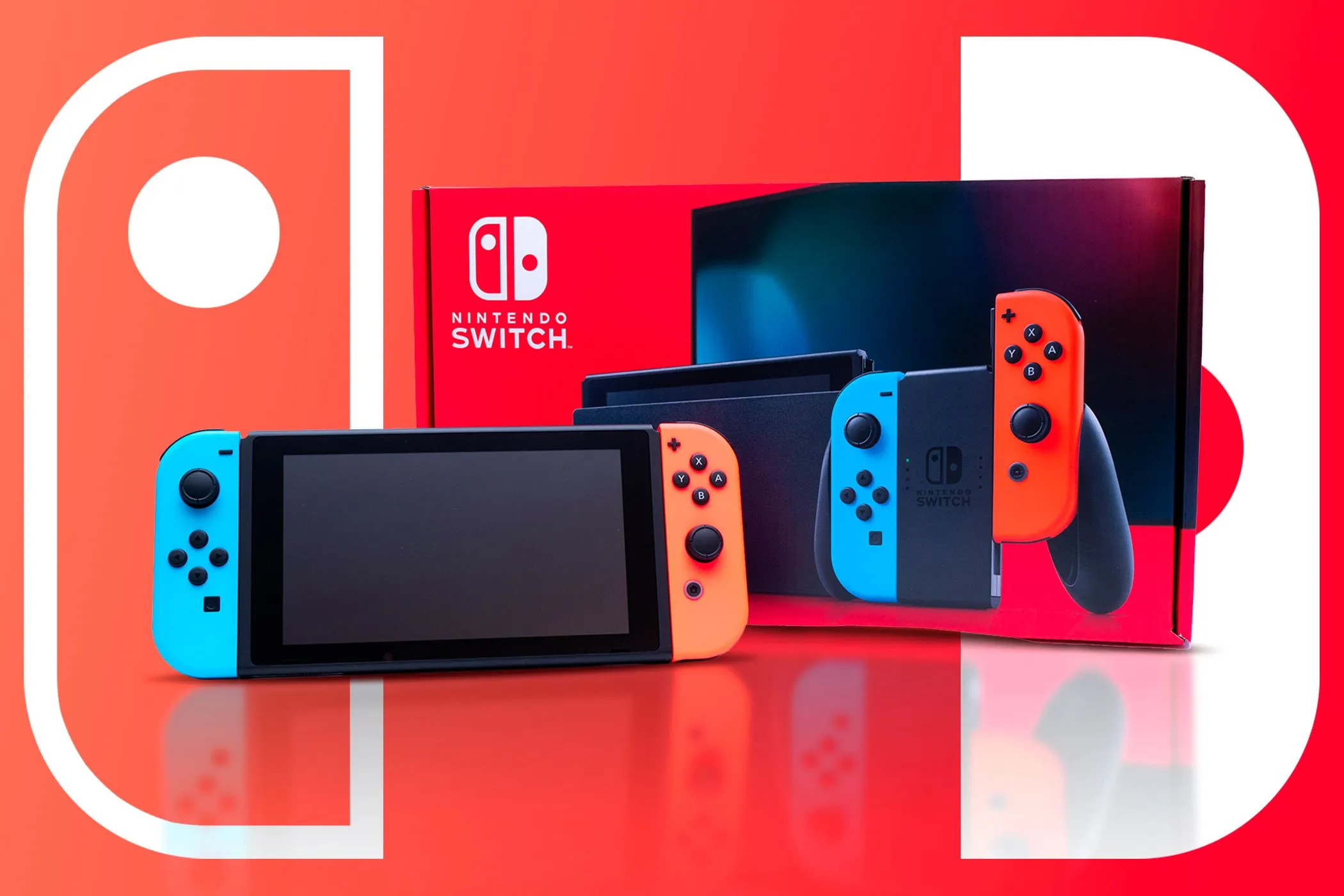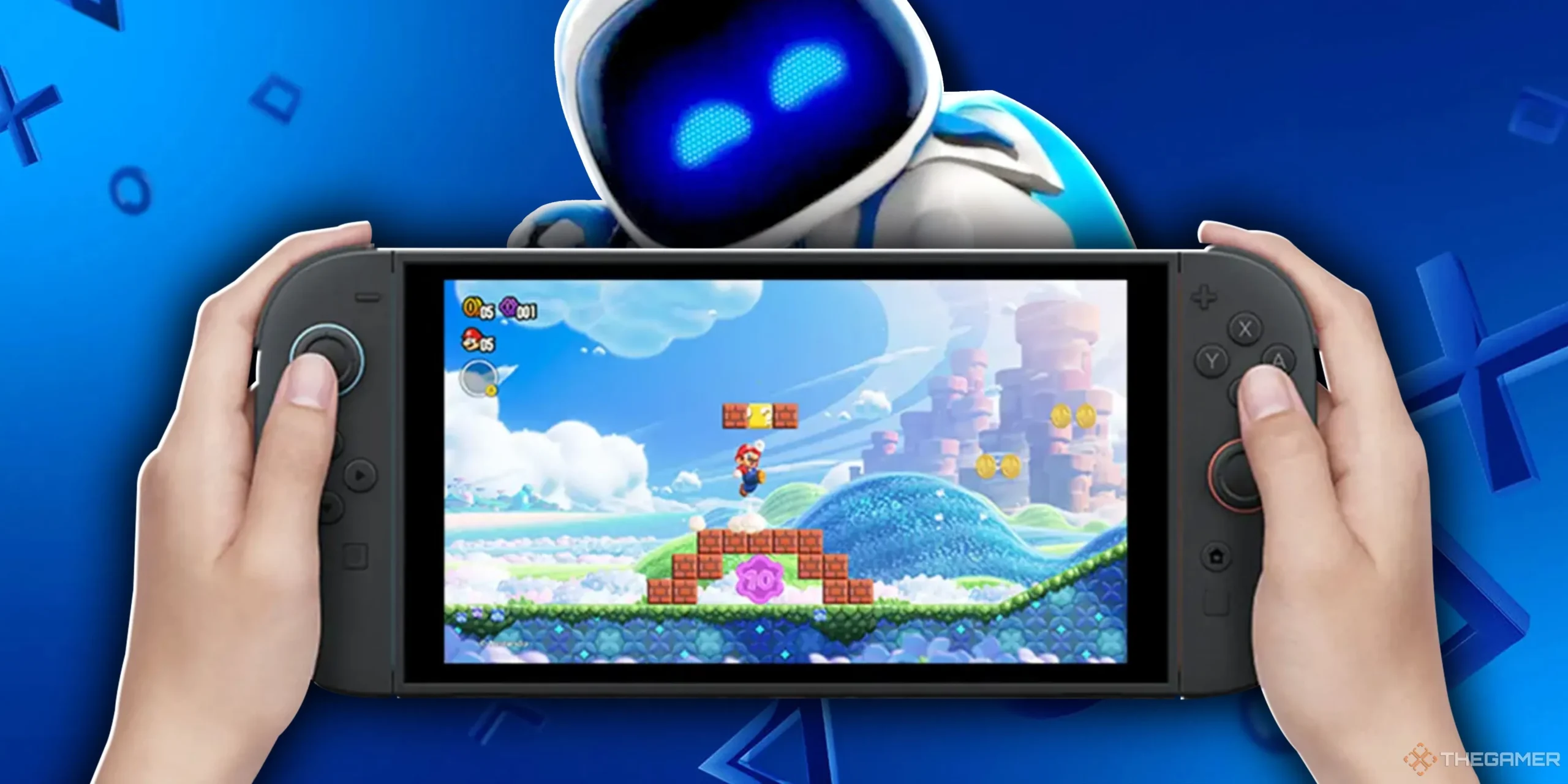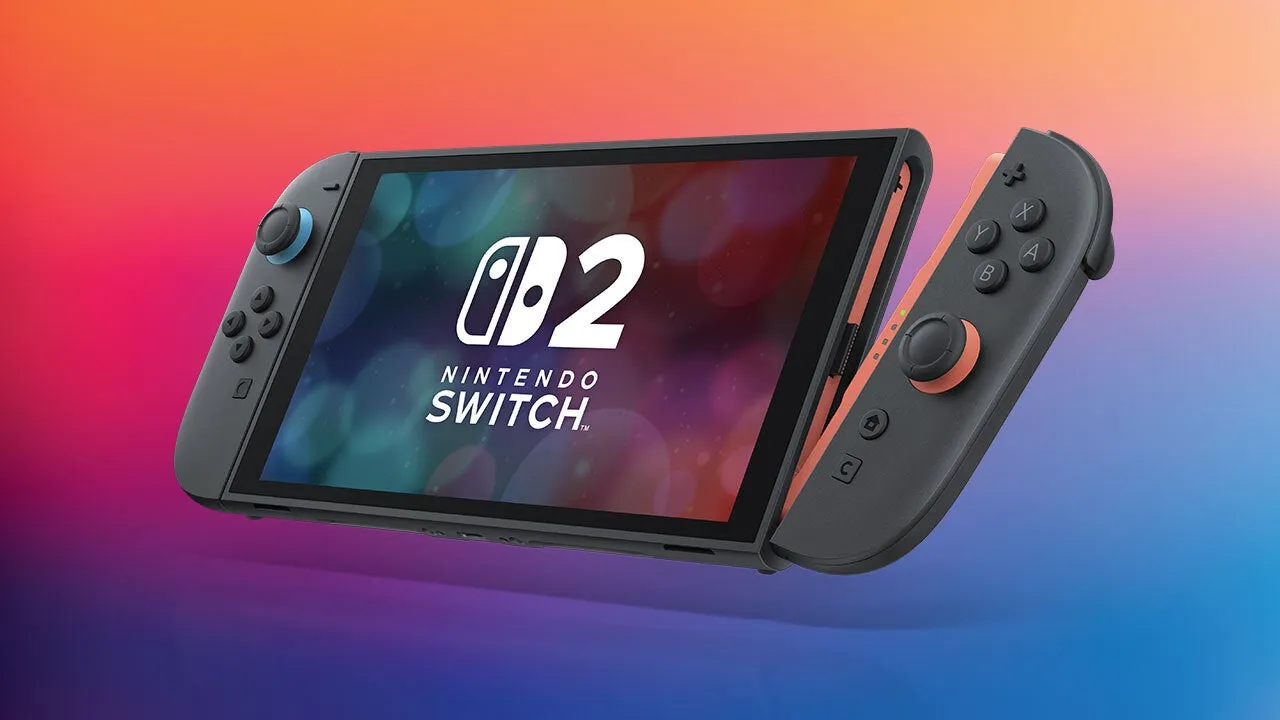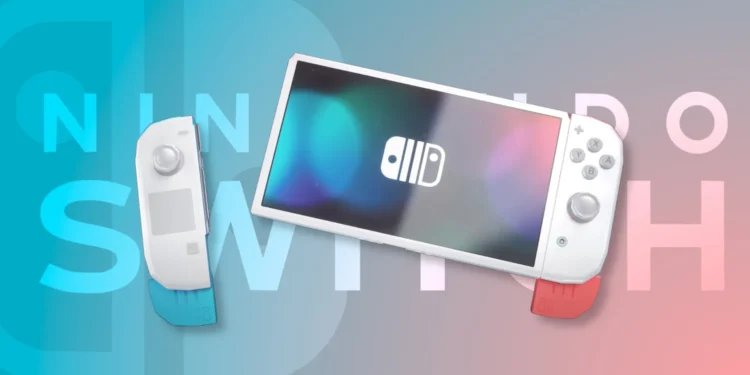Nintendo has long been a pivotal force in the gaming industry, but it hasn’t always had the smoothest of relationships with third-party developers. The tale of Nintendo and third-party publishers is one filled with ups and downs, but according to recent insights from a market research firm, that dynamic is on the verge of a major shift. With the impending launch of the Switch 2, some experts believe Nintendo could become the “primary partner” for third-party game publishers in ways never before seen in its history.

The Evolution of Nintendo’s Relationship with Third Parties
Nintendo’s relationship with third-party developers has evolved over decades. During the NES and SNES era, the company enjoyed a tight-knit bond with publishers, which contributed to the consoles’ immense success. However, as time passed, the company began to encounter more difficulties in its interactions with third parties. Fast-forward to the launch of the Wii and DS, and Nintendo found itself at a crossroads.
While these consoles saw notable third-party involvement, the big-name developers and their heavy hitters were often hesitant to embrace the Wii and DS in full. The Wii’s unconventional motion controls and the DS’s dual-screen design made it challenging for many developers to port their high-profile games onto these platforms, especially when compared to Sony’s PlayStation or Microsoft’s Xbox consoles. Despite these hurdles, the Wii and DS era proved to be a time of repair for the strained relationship between Nintendo and third parties, leading to greater collaboration as the years went on.
By the time the Nintendo Switch launched, Nintendo’s relationship with third parties was in a better place than ever before. In fact, many would argue that the Switch’s third-party support has been one of the standout features of the console. With an impressive library of multi-platform titles and indie games, it’s clear that Nintendo’s platform has become a hotbed for third-party content.
The Future of Nintendo and Third Parties: Switch 2
Now, with the Switch 2 on the horizon, market research firm DFC Intelligence predicts that Nintendo’s relationship with third-party publishers is about to soar to unprecedented heights. In their analysis, the firm states that with the release of the Switch 2, Nintendo has the potential to become “the primary partner for third-party game publishers” for the first time in its history.

This shift could mark a monumental change in how the gaming industry operates. The traditional model, where third-party developers prioritize Sony and Microsoft platforms before considering Nintendo, may be flipped on its head. According to DFC Intelligence, the evolution of Nintendo’s hardware and its growing influence in the gaming market could lead to a world where developers prioritize the Switch 2 when crafting new titles, and only later adjust their offerings for other platforms.
Could Third-Party Games Be Built for Switch 2 First?
The idea of third-party games being built for the Switch 2 first — with other platforms like PlayStation and Xbox taking a back seat — might seem outlandish at first. However, this potential shift isn’t as far-fetched as it sounds. With Switch 2 expected to feature cutting-edge hardware and unique capabilities, third-party developers could find it increasingly easy to optimize their games for Nintendo’s new system. This would allow the Switch 2 to become a “lead platform” for the most ambitious titles in the gaming world.
Imagine a future where major third-party games, from sports franchises to sprawling RPGs, are first designed for the Switch 2 before being adjusted for the PS5 or Xbox Series X. It would mark a major reversal of fortunes for Nintendo, which has historically been relegated to the back burner when it comes to multi-platform development.
The rising importance of the Switch 2 could very well shape the future of gaming, redefining the role that Nintendo plays in the industry. If the console can establish itself as the primary platform for third-party games, it could significantly change the competitive landscape.
What This Means for Gamers
For gamers, this shift could result in more optimized experiences on the Switch 2, as developers tailor their games for the unique features of the console. Fans of Nintendo will likely see the benefits of this relationship, enjoying a deeper and more robust lineup of third-party games than ever before.

At the same time, it could change the expectations for how third-party games are developed, potentially leading to a rise in exclusive content, or at least superior versions of multi-platform games, for the Switch 2. With Nintendo becoming more ingrained in the development process from the very beginning, gamers may experience titles that feel truly custom-built for the Switch.
The “Dynamic Evolution” of Gaming
DFC Intelligence described this shift as a “dynamic evolution” that will “shape the future of gaming.” Whether or not this prediction comes to fruition, one thing is clear: Nintendo is poised to play a major role in the next phase of gaming history. With the Switch 2 offering improved hardware, enhanced performance, and a growing relationship with third-party developers, Nintendo could find itself in a position of dominance like never before.
In the end, Nintendo’s growing influence with third-party developers will not only benefit the company but also the millions of gamers who have supported it throughout the years. As the Switch 2 draws closer to release, it’s exciting to think about the possibilities — and the games — that will define this next chapter in gaming.










